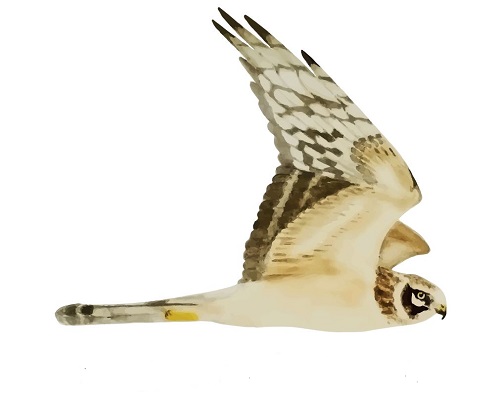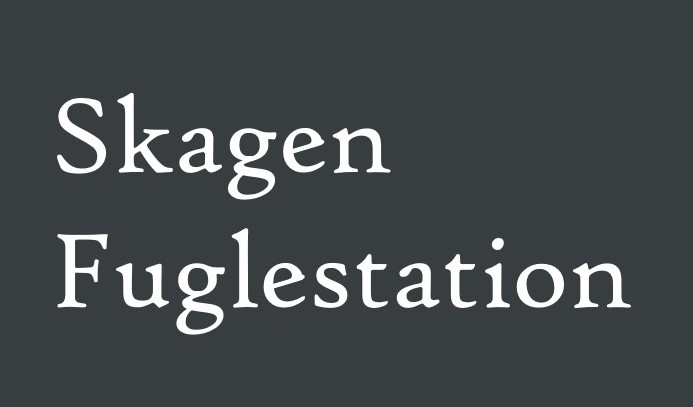Her på Skagen Fuglestations blog bringes korte nyheder i dagbogsformat om hændelser på fuglestationen.
Redpolls and the Lucky Red Mushroom
Today was only my fourth day at the station but it’s been brilliant so far and I can’t wait to spend the next two and a half months here! Janna and I (Amira) went to open up the nets at Kabeltromlen this morning and were soon joined by Sarah and her friend David for a great morning of ringing. Although there were fewer birds in the nets than the last couple of days, we still managed to catch 15 different species and over 60 birds in total, including a Great Spotted Woodpecker (Stor Flagspætte) just as we were about to pack up. It was also nice for Sarah’s friend, David, to learn about our bird ringing work and have the opportunity to release some of the birds we had ringed.
My favourite bird species today was the Lesser Redpoll (Lille Gråsisken), a tiny but beautiful finch which loves to hang upside down to feed on the seeds of trees, especially Birch and Alder. They can even eat up to 42% of their body weight in seeds in one day! Both male and female Redpolls have a small red patch on their forehead, but earlier on in Spring, in the breeding season, males also have a pink coloured chest. They are also very sociable birds and often travel in large and noisy flocks which we have seen flying over every day recently. So listen out for their chattering calls this time of year and in the Winter too!
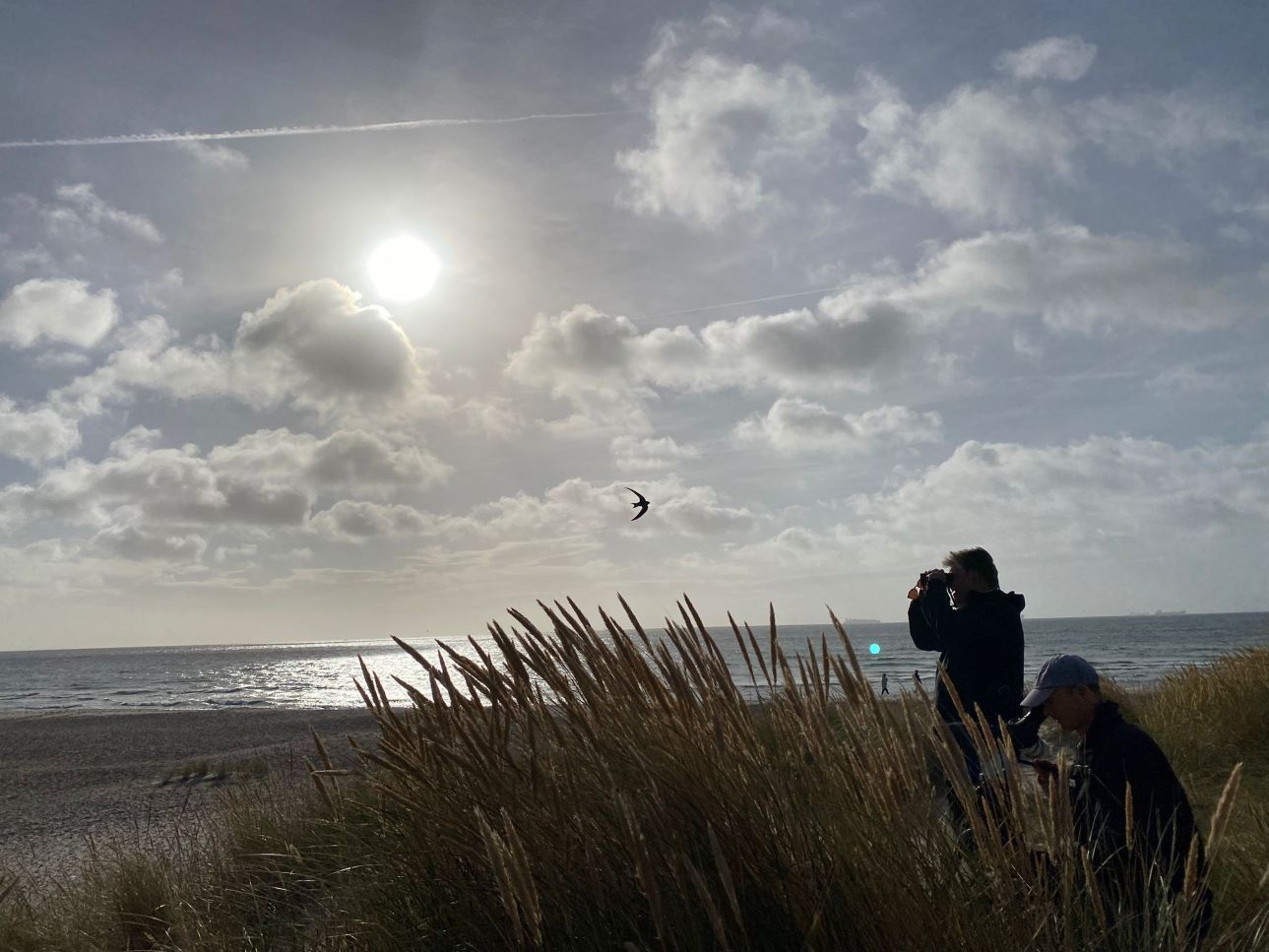
The "last" Swift (Mursejler) of the year
The observers also had a fantastic morning carrying out their migration count at World’s End 3. Their highlights were a Black Tern (Sortterne), Long-tailed Skua (Lille Kjove), Great Skua (Storkjove), Shag (Topskarv) and maybe even the last Swift (Mursejler) of the year, although we have been saying that every day for the last two weeks. Simon guesses the last swift will pass here in November so we will see if he is right!
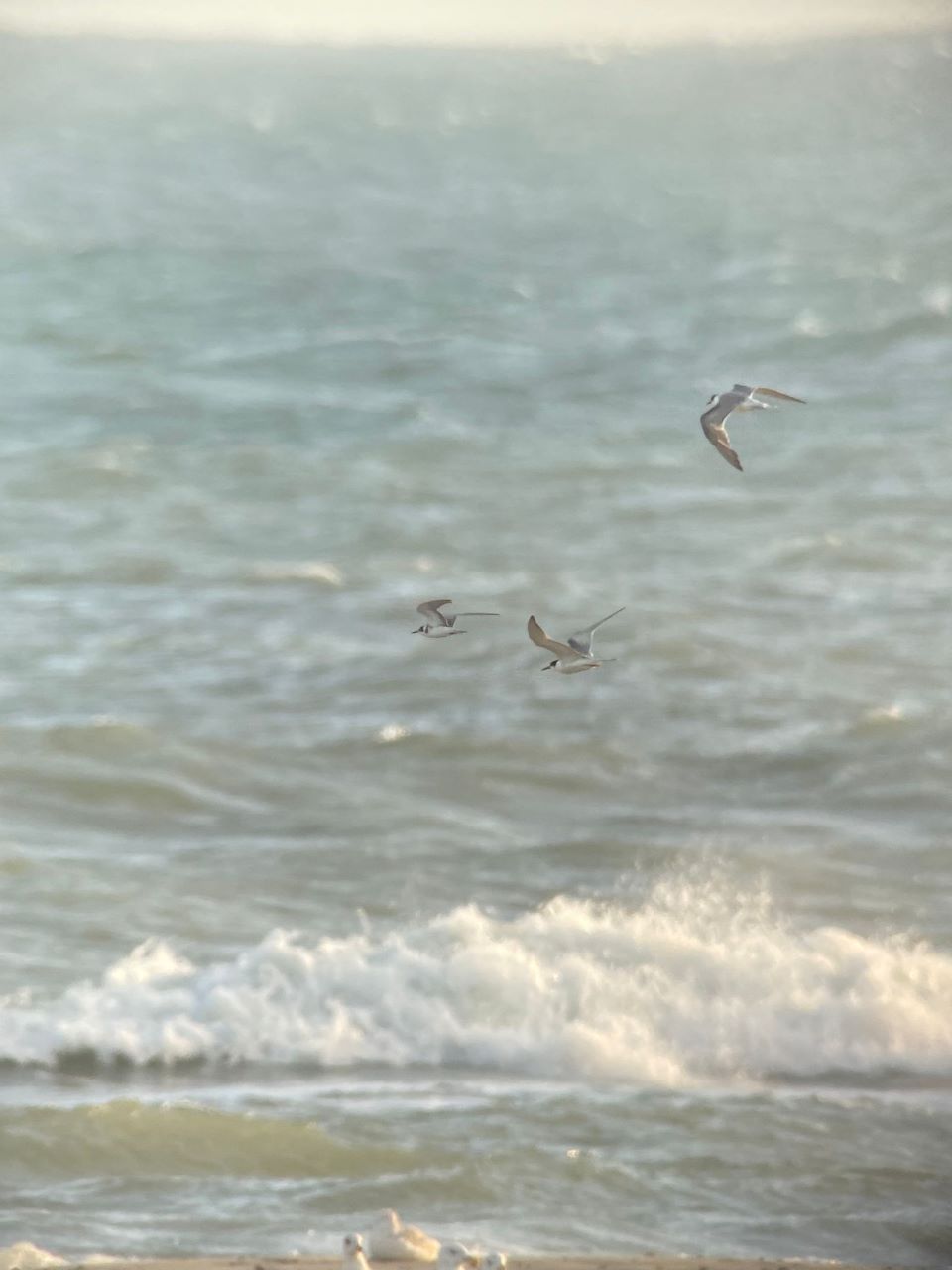
One Black Tern (Sortterne) and two Common Terns (Fjordterne)
We all arrived back from ringing and observing for lunchtime and then had a relaxing afternoon doing some data entry, birdwatching, and most importantly having a nap. I went for a walk to my new favourite birdwatching spot at Ellekrattet woods and found a big mixed flock of small passerines including at least 10 Goldcrest (Fuglekonge), and also a Sparrowhawk flashed by. I particularly love this woodland because of all the other non-bird species you can find here. Everywhere you look there are fungi (svamp.), of all different shapes, sizes and colours. Although Fly Agarics (Fluesvamp/Amanita muscaria) (photo below) are poisonous mushrooms, they are often seen as symbols of good luck, so I’m excited to see if this means we will have some especially good birds tomorrow for our ringing and migration counts!
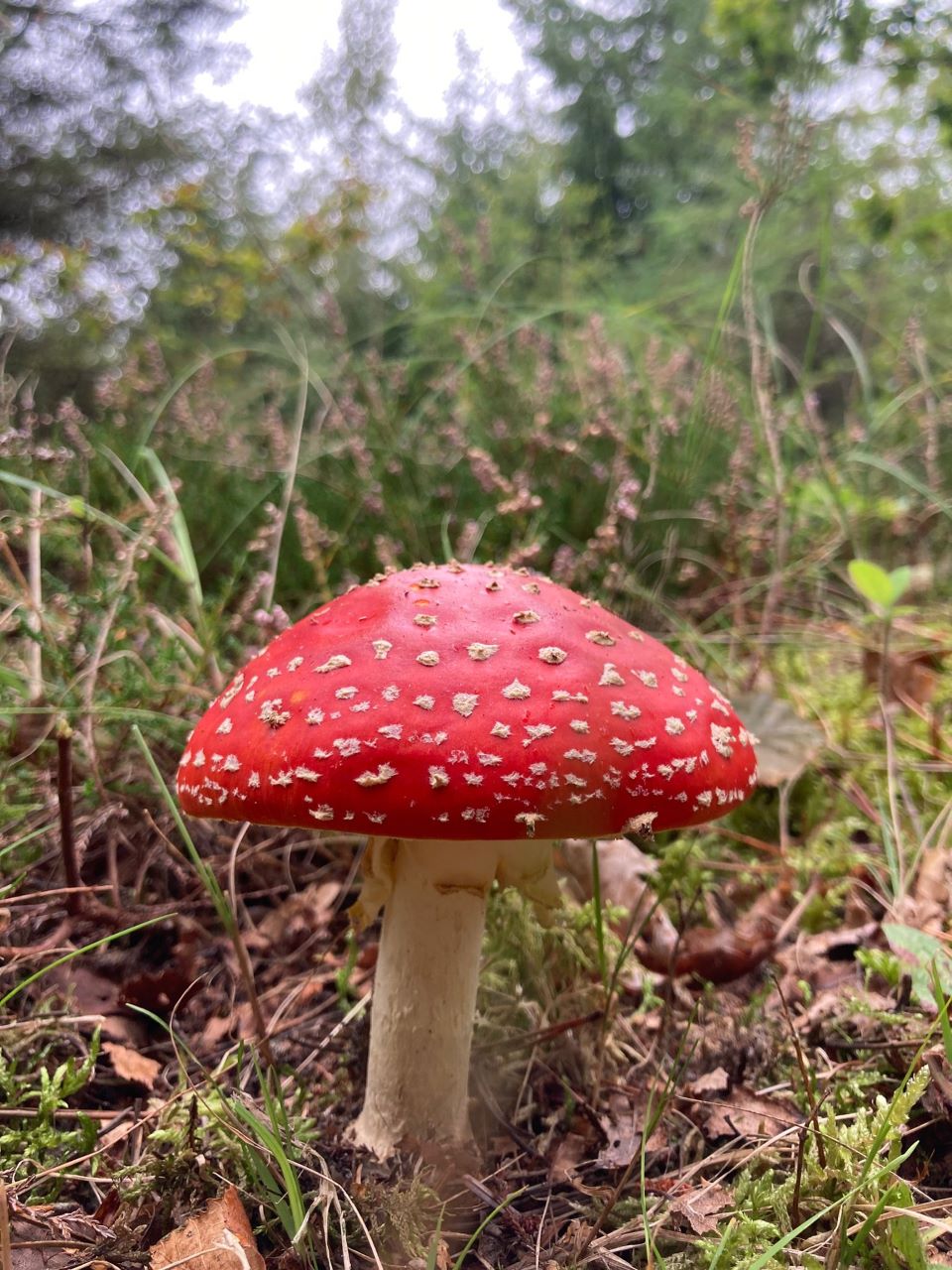
Fly Agaric mushroom (Fluesvamp)
Ringing (Kabeltromlen):
Stor Flagspætte 1
Lille Gråsisken 4
Lille Dompap 1
Rødstjert 2
Musvit 1
Fuglekonge 4
Vogfinke 5
Rørspurv 2
Gransanger 10
Jernspruv 11
Rødhals 9
Sortmejse 1
Gæardesmutte 2
Blåmejse 1
Munk 7
Ringing (Jennes Sø)
Gæardesmutte 1
Rødhals 6
Munk 1
Gransanger 11
Løvsanger 1
Fuglekonge 4
Topmejse 2
Sortmejse 1
Blåmejse 14
Musvit 4
Bogfinke 2
Lille Gråsisken 9
Lille Dompap 1
Total new birds: 118
Highlights from World’s End 3:
Black Tern (Sortterne)
Long-tailed Skua (Lille Kjove)
Great Skua (Storkjove)
European Shag (Topskarv)
Link to today’s observations in DOFbasen for observers in the area
People: Janna Ouedraogo, Sarah Partridge, Gabriel Axelsson, Florian Hatt, Miles Scheuering, Amira Nuseibeh, Simon Christiansen, Knud Pedersen and our guests David, and Søren and Karen Marie Leth-Nissen.
